Newsletter
Subscribe to Newsletter
Stay informed and always up to date with KATTOVIT. Be the first to hear about new products, discounts, advice texts, etc.
Schon ab 30€ ist deine Bestellung versandkostenfrei!
Mit deiner Anmeldung erklärst du dich mit unserer Datenschutzerklärung einverstanden.
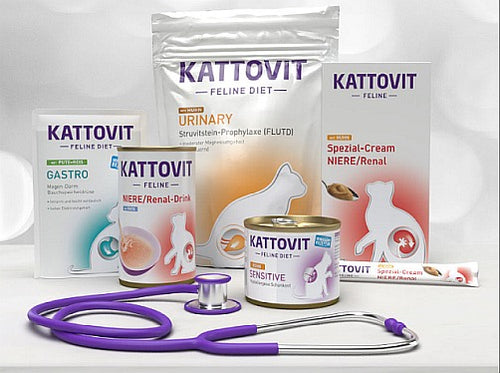
Mit deiner Anmeldung erklärst du dich mit unserer Datenschutzerklärung einverstanden.
Cart
Your cart is empty
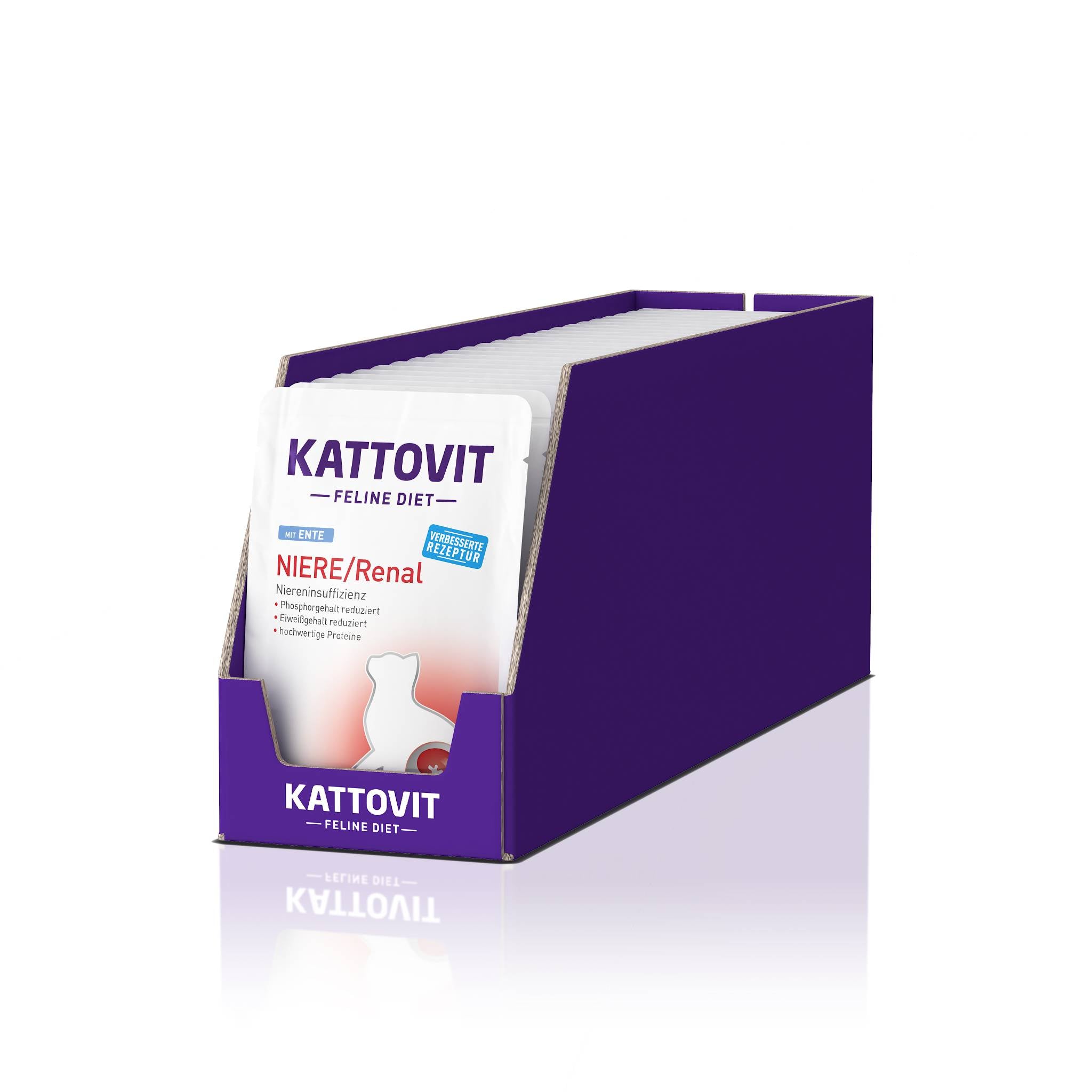




, inkl. MwSt. zzgl. Versand
• to support kidney function
• Oxalate stone prophylaxis
• Phosphorus/sodium reduced
• tender pieces in sauce with duck
• particularly tasty
• K-Formulation



Lieferzeit: 1 – 2 Werktage

To support kidney function in chronic renal insufficiency and to reduce oxalic stone formation.
Kattovit Feline Diet - KIDNEY/RENAL was specially developed to provide cats with a reduced protein content by using high-quality protein in an easily digestible composition. High protein contents can have a damaging effect on the kidneys. The decisive factor is the protein content in relation to the amount of energy.
In contrast to conventional food, only about half of the energy in Kattovit NIERE/RENAL comes from protein. The addition of potassium citrate has a urine alkalizing effect and can thus prevent the formation of oxalate crystals (oxalate prophylaxis). The phosphorus and sodium content is reduced.
Meat and animal by-products (including 6% duck), cereals, vegetable by-products, oils and fats, minerals (0.2% potassium citrate). Protein sources: 7% chicken, 12% liver, 4% poultry liver, 6% duck, 0.8% rice (cooked)
6.0% crude protein, 5.5% fat content, 1.0% crude fiber, 1.8% crude ash, 80.0% moisture content, 0.18% calcium, 0.12% phosphorus, 0.15% sodium, 0.02% magnesium, 0.25% potassium, calorie content: 90 kcal / 100g
Nutritional additives/kg: Vitamin A: 1,040IU, Vitamin D3: 125IU, Vitamin E (as all-rac-alpha-tocopheryl acetate): 20mg, Iron (as iron(II) sulfate, monohydrate): 40mg, Zinc (as zinc oxide): 28mg, Copper (as copper(II) sulfate, pentahydrate): 1.2mg, Manganese (as manganese(II) sulfate): 1mg, Iodine (as potassium iodide): 0.6mg, Taurine: 720mg.
top bewertungen
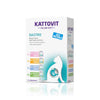
bestseller
Wet food | Multibox | Gastro | 12 x 85g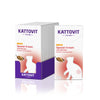
bestseller
Snack | Special Cream | Box | 11 x 6 x 15g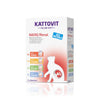
Diet food for cats
Wet food | Multibox | Kidney-Renal | 12 x 85g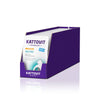
bestseller
Wet food | Chicken & Rice | Fresh pouch | 24 x 85g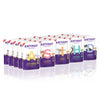
bestseller
Wellness Box | sample package | 25 x 85g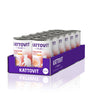
bestseller
Drink | Chicken | Can | 12 x 135ml
bestseller
Wet food | Chicken & Rice | Fresh pouch | 24 x 85gYour questions - our answers!
frequently asked Questions
Kidney failure in cats only becomes apparent at a very late stage of the disease. Possible symptoms include tiredness, apathy, increased thirst, frequent urination, weight loss, loss of appetite, bad-smelling breath, dull fur, high sensitivity to pain and urine that has changed color and smell. You should be particularly vigilant if your cat is losing a lot of weight, urinating frequently and has a great need to drink, and have the symptoms checked by a vet. The sooner you discover the kidney failure, the better your cat can be helped.
How long a cat with kidney failure can live depends on when the disease is diagnosed. In the early stages of the disease, the progression can be slowed and the cat's quality of life improved with special food and medication. If diagnosed early and the cat's diet is changed, your cat can live and grow old for many years. However, if kidney failure is diagnosed at a very late stage, when the kidneys have almost completely lost their function, it is very difficult to prevent complete kidney failure. However, each individual case is different and only a veterinarian can make an accurate prognosis. In severe cases, it may be best to put the suffering animal down, while other cats with kidney disease can live for a long time with the right medicine and food.
If your cat has kidney failure, it is important to choose the right food for it. Ordinary cat food is usually difficult to digest and contains large amounts of protein and substances such as sodium, potassium, magnesium and phosphorus, which the kidneys filter out of the blood. Since cats with kidney disease cannot filter the blood to the normal extent and the kidneys are heavily burdened by a high concentration of these substances, you should feed your cat with kidney disease special food.
Food for cats with renal insufficiency should meet and contain the following:
As ordinary treats often contain a lot of phosphorus and low-quality proteins, they are not suitable for cats with kidney problems. You can give your cat with kidney problems a portion of its daily ration of special diet food as a treat. The Kattovit Kidney/Renal range has many different tasty food products for cats with kidney disease, so you can also offer your cat variety and enjoyment with special food.
The fact that cats drink too little often only manifests itself in noticeable symptoms when the animals are severely dehydrated. As cats need very little fluid due to their evolution, cover a large part of their needs through their food and it is unclear where and how often they drink in the case of outdoor cats, it is even more difficult to detect a lack of fluids. If you suspect that your cat is drinking too little, you should observe it closely and carry out a test if necessary. If you squeeze the skin on your cat's back with your fingers for several seconds, the wrinkle should disappear quickly. However, if the fold of skin remains for a noticeably long time and only smoothes out again slowly, this is a clear sign of dehydration. Ideally, your pet's gums should also be pink and moist - if they feel sticky and dry instead, attention is also required. If your tiger is also tired and listless, has cold paws, sunken eyes and strong-smelling urine, you should definitely visit a vet and try to encourage your cat to drink more.
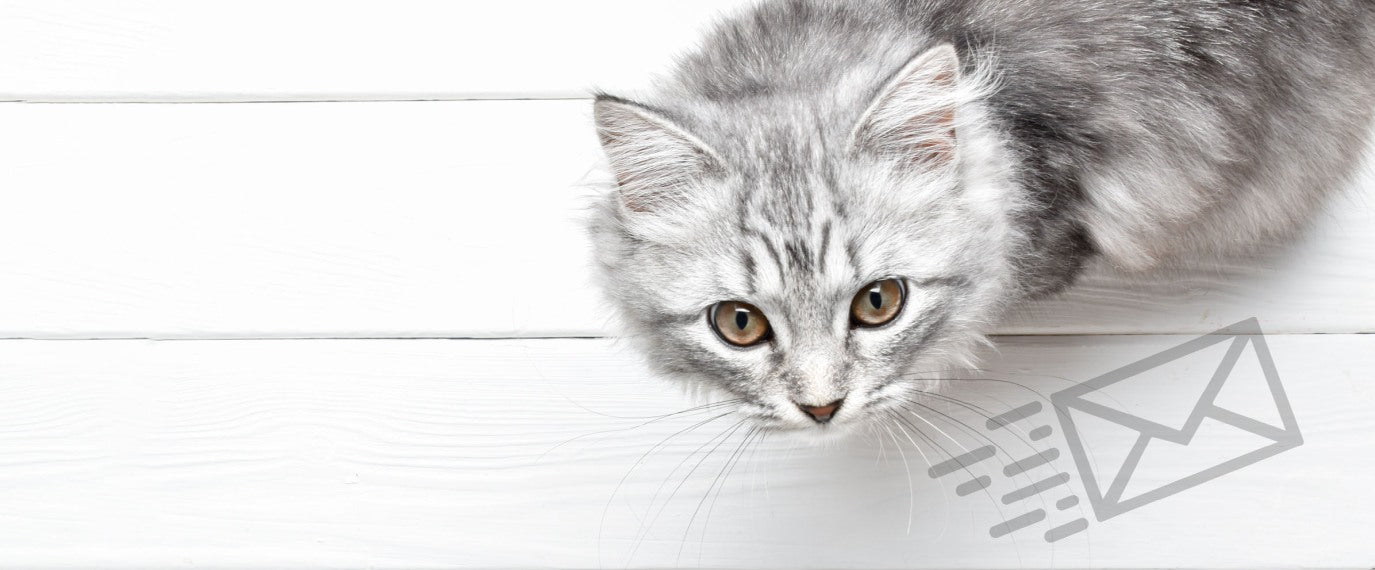
Newsletter
Subscribe to Newsletter
Stay informed and always up to date with KATTOVIT. Be the first to hear about new products, discounts, advice texts, etc.
Proven Quality
Tested quality based on the latest veterinary findings
Always fresh
Guaranteed freshness, directly from the manufacturer - for the best care for your pet.
40 years of experience
More than 40 years of experience and expertise in the production of high-quality animal feed.
Einfache & sichere Bezahlung